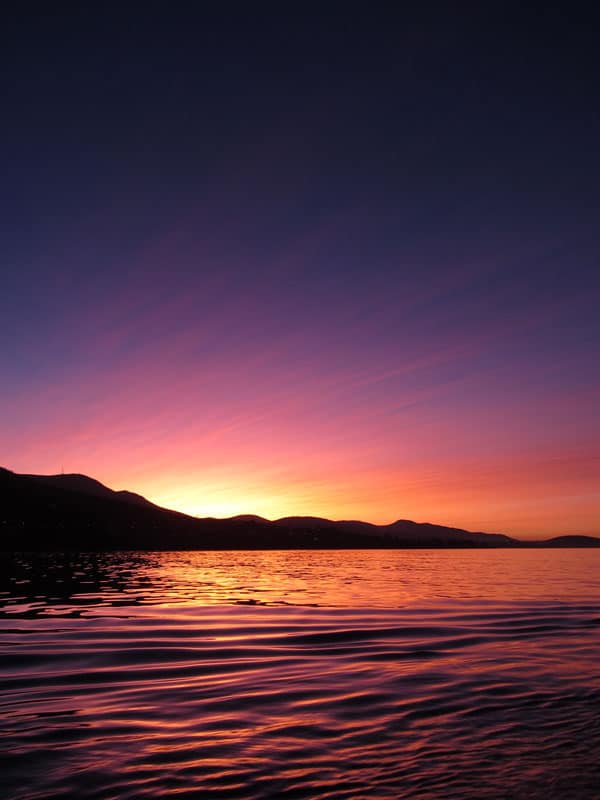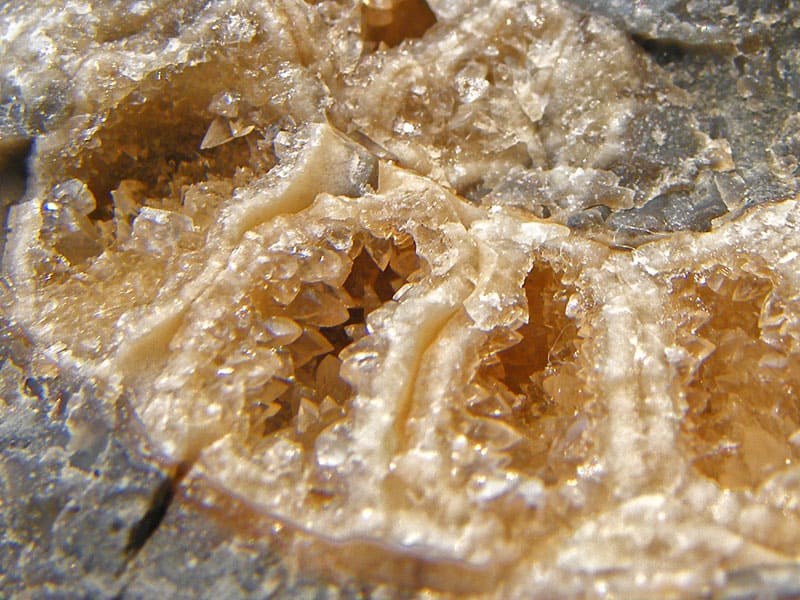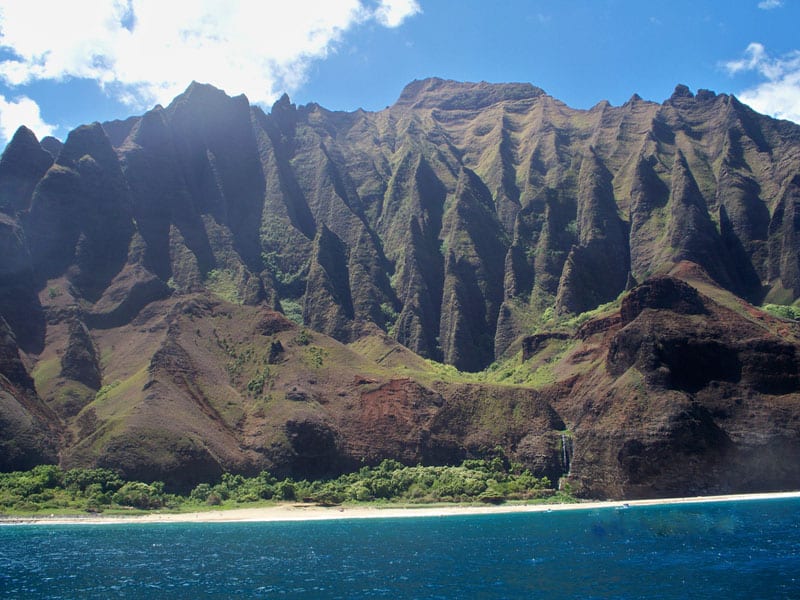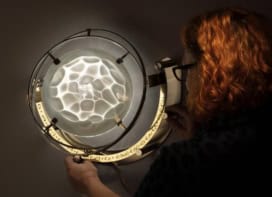The Earth is a stunning planet. From its towering mountains and spectacular volcanic eruptions, to the rivers and ice that sculpt its geology, there is always a sight on the Earth's surface that will leave you struck with awe
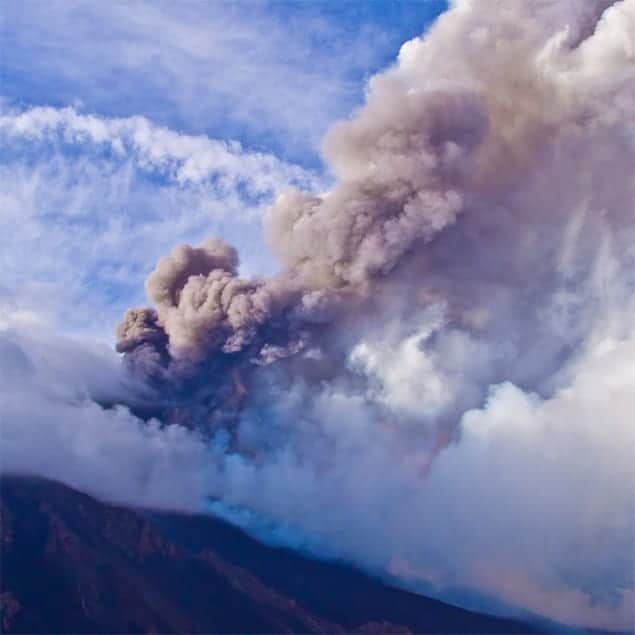
To celebrate the Earth’s spectacular geology, we asked readers to submit photos to our Flickr group on the theme of “portrait of our planet”. Thank you to everyone who took part. Below is a selection of the images we received.
The tallest volcano in Europe, Mt Etna is an active volcano on the island of Sicily. On 8 October 2011, Flickr user Andrea Rapisarda took this spectacular photo of gas and volcanic ash spewing out from the side of this dark mountain. “A great show…but it was very cold and windy today over there!” Rapisarda remarked.
Volcanic ash can have far-reaching effects, from wreaking havoc with aviation to influencing global weather and climate systems. The ash can alter the way sunlight is scattered when it passes through the Earth’s atmosphere, leading to spectacular sunsets, such as this one photographed by Peter Shanks. This multicoloured sky above Mt Wellington in the Australian island state of Tasmania was caused by an eruption of Chile’s Puyehue volcano in June 2011.
Another time when the atmosphere can produce spectacular light shows is during electric storms, when bolts of lightning can emerge from clouds before shooting down towards the ground. These weather events can be menacing and dramatic, such as this one experienced by Flickr user MGCarter88 who took this shot of lightning striking Sandton City in South Africa.
You’ve seen fire, so now for some ice. Flickr user PipeSmoke submitted this intriguing image of an icicle, which appeared growing upwards from a bird bath. PipeSmoke speculates that the icicle formed due to the accumulation of a thin surface layer of oil in the middle of the water bowl. As the water froze from the edges of the bowl, the increased volume eventually forced water up through the oil, causing it to freeze as well.
In addition to appreciating the beauty of the physical planet, scientists also see Earth as a puzzle to be solved. One way to do this is to collect samples in the field and return these to the lab where they can be examined in closer detail. This was the case for this zoisite mineral sample, photographed by James Gehrt on the premises of the Alumnae Association of Mount Holyoke College, in Massachusetts, US.
James Gehrt describes himself as a fine art photographer and that is evident in this image of Liocancha castrensis shells, which form part of the teaching collection at the Mount Holyoke College facility. “I captured the items as I would in my personal art work, and not as a scientist. They tend to have a portrait quality to them, showing the uniqueness in the objects,” Gehrt told physicsworld.com.
Fractures and planes are present in rocks and minerals across a range of different scales. Laura Tucker submitted this close-up of Navajo Sandstone cliffs, a geologic formation in Glen Canyon, Arizona. Tucker says that this area would have been a vast quartz sand desert in the Jurassic period, but today the red colours are due to the iron oxide hematite, and the black colours are due to the iron oxide magnetite. “Our guide for the trip told us people often see what looks like a girl on a swing on this section of the rock,” she adds.
This next image takes us back in closer to the fine detail of rocks. It reveals the crystal structures inside a fossilized ammonite, a type of invertebrate marine animal that existed 400–65.5 Ma. The image was submitted by Ian Jacobs, an adviser to the National Science Museum in Thailand, who says he collected the ammonite in Lyme Regis, a coastal town in the south-west of England noted for its large range of fossils, particularly from the Jurassic period (approximately 200–145 Ma).
Finally, we see a rather fairy-tale vision of the planet in this submission from Christine Kingsley-Kozima. This volcanic rock formation, along the Na Pali Coast of the Hawaiian island of Kauai, looks like something you might imagine in JRR Tolkien’s Lord of the Rings.
There were plenty of other striking images, which you can view in our Flickr group, the Physics World photo challenge. For more spectacular images of Earth, and for a range of feature articles, you can also download a free copy of Physics World‘s March issue, a special edition on the earth sciences
The theme for our next photo challenge is “doing physics”. We want you to submit your pictures of the process of science. It could be you or your colleagues working on an experiment in the laboratory, or perhaps out in the field collecting data, or maybe looking at the heavens through a telescope. Or perhaps you are more theoretically minded and you want to send us an image of your paper-littered office, or the chalkboard detailing the calculation that has been keeping you awake for the past two weeks. Be as creative as you like.
Please add your photos to our Flickr group by Tuesday 8 May and then after this date we will choose a selection of our favourite images to be showcased on physicsworld.com.
